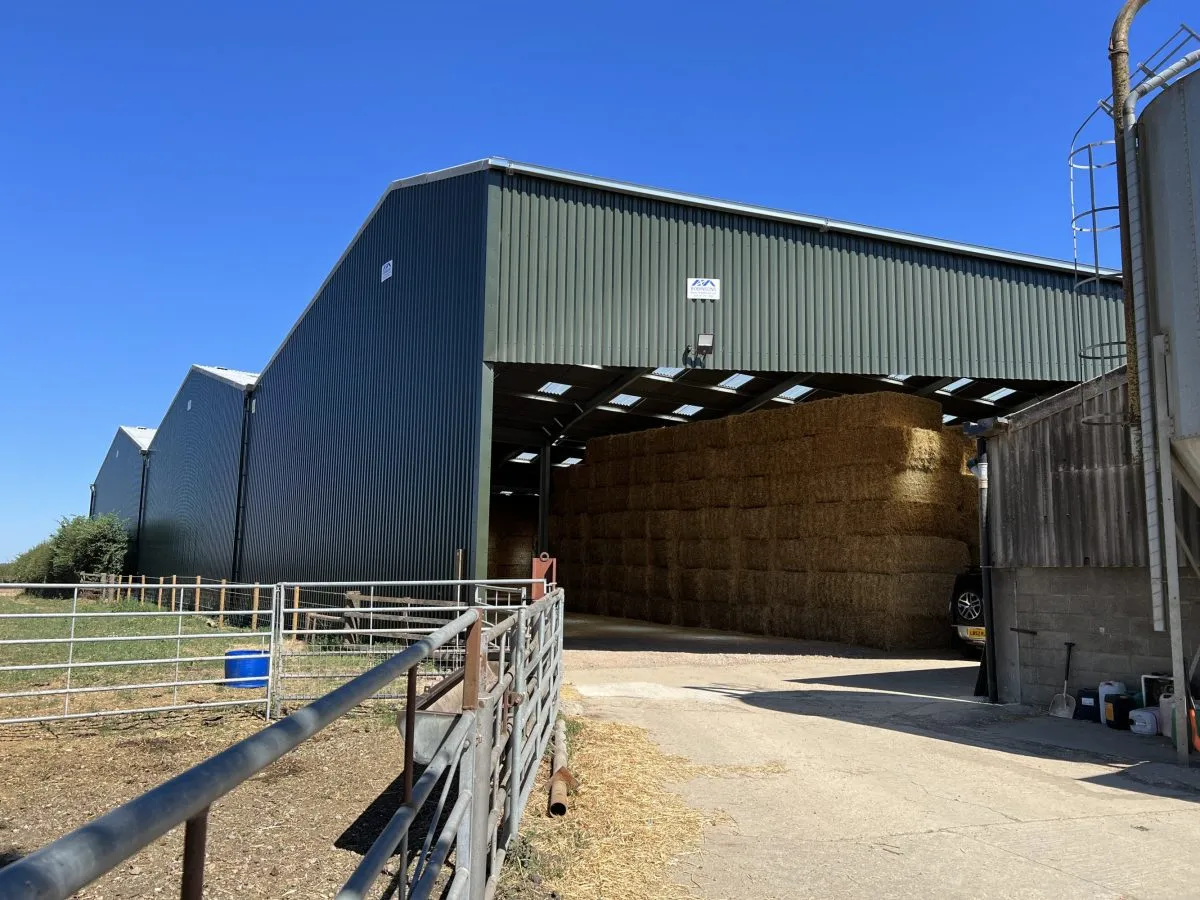- Afrikaans
- Albanian
- Amharic
- Arabic
- Armenian
- Azerbaijani
- Basque
- Belarusian
- Bengali
- Bosnian
- Bulgarian
- Catalan
- Cebuano
- Corsican
- Croatian
- Czech
- Danish
- Dutch
- English
- Esperanto
- Estonian
- Finnish
- French
- Frisian
- Galician
- Georgian
- German
- Greek
- Gujarati
- Haitian Creole
- hausa
- hawaiian
- Hebrew
- Hindi
- Miao
- Hungarian
- Icelandic
- igbo
- Indonesian
- irish
- Italian
- Japanese
- Javanese
- Kannada
- kazakh
- Khmer
- Rwandese
- Korean
- Kurdish
- Kyrgyz
- Lao
- Latin
- Latvian
- Lithuanian
- Luxembourgish
- Macedonian
- Malgashi
- Malay
- Malayalam
- Maltese
- Maori
- Marathi
- Mongolian
- Myanmar
- Nepali
- Norwegian
- Norwegian
- Occitan
- Pashto
- Persian
- Polish
- Portuguese
- Punjabi
- Romanian
- Russian
- Samoan
- Scottish Gaelic
- Serbian
- Sesotho
- Shona
- Sindhi
- Sinhala
- Slovak
- Slovenian
- Somali
- Spanish
- Sundanese
- Swahili
- Swedish
- Tagalog
- Tajik
- Tamil
- Tatar
- Telugu
- Thai
- Turkish
- Turkmen
- Ukrainian
- Urdu
- Uighur
- Uzbek
- Vietnamese
- Welsh
- Bantu
- Yiddish
- Yoruba
- Zulu
Nov . 15, 2024 05:31 Back to list
The Rise of Lightweight Steel Buildings A Modern Solution for Construction
In recent years, the construction industry has witnessed a significant shift towards the use of lightweight steel buildings. This trend has been driven by the pressing need for sustainable, efficient, and cost-effective building solutions. Lightweight steel, known for its strength, versatility, and recyclability, has emerged as a material of choice for various construction applications, from residential homes to commercial structures.
Advantages of Lightweight Steel Construction
One of the most compelling advantages of lightweight steel buildings is their strength-to-weight ratio
. Steel is incredibly strong, allowing structures to withstand various loads, including wind and seismic forces, while being significantly lighter than traditional materials like concrete and masonry. This attribute not only facilitates easier transportation and handling during construction but also reduces the overall load on foundations, leading to potential savings in material and labor costs.Another major benefit of lightweight steel is its durability and resistance to environmental factors. Unlike wood, steel is not susceptible to termites, rot, or warping, which means that structures can maintain their integrity over time with minimal maintenance. This longevity is particularly advantageous in regions prone to extreme weather conditions, where traditional materials may fail more quickly.
In addition to physical advantages, lightweight steel buildings are often more sustainable than their conventional counterparts. Steel can be recycled at the end of its life cycle without losing its properties, making it an environmentally friendly option. Furthermore, prefabrication is a popular technique in lightweight steel construction, allowing for the majority of a building’s components to be manufactured in a controlled environment. This method reduces waste generated on-site and allows projects to be completed more quickly, leading to reduced labor costs and shorter construction timelines.
Design Flexibility and Aesthetics
lightweight steel buildings

The design flexibility that lightweight steel offers is another significant advantage. Steel's inherent strength allows for longer spans and higher ceilings without the need for numerous supporting columns. This property enables architects and designers to create open and innovative layouts, providing both functionality and aesthetic appeal. With advancements in design software and engineering techniques, the possibilities for unique and striking architectural designs using lightweight steel are virtually limitless.
Moreover, lightweight steel can be finished in various ways, including cladding with other materials such as brick, wood, or stucco, integrating seamlessly into different architectural styles. This versatility allows for a wide range of applications, from modern homes to educational institutions, warehouses, and even skyscrapers.
The Economic Impact of Lightweight Steel Buildings
The economic benefits of lightweight steel construction are also significant. Reduced material costs, quicker construction times, and lower labor costs contribute to overall project affordability. As efficiency improves at every stage of the building process, property developers and owners are more likely to see a favorable return on investment. Additionally, the growing demand for sustainable buildings opens up new markets and funding opportunities for projects focusing on eco-friendly practices.
Conclusion
As the world looks for innovative solutions to address the challenges of urbanization, climate change, and resource scarcity, lightweight steel buildings represent a compelling option in modern construction. Their numerous advantages—including strength, durability, sustainability, and design flexibility—make them an attractive choice for builders and developers alike. As technology continues to advance and the construction industry evolves, lightweight steel is set to play an increasingly important role in shaping the future of building design and construction. With the potential to create efficient, affordable, and aesthetically pleasing structures, lightweight steel buildings are not just a trend; they are a sustainable solution that aligns with the needs of the modern world.
-
How Do Prefabricated Steel Structures Transform Modern Construction?
NewsJul.14,2025
-
How Do Prefabricated Metal Buildings Redefine Modern Construction?
NewsJul.14,2025
-
How Do Prefab Insulated Metal Buildings and Steel Structures Revolutionize Modern Construction?
NewsJul.14,2025
-
How Do Pre - Engineered Steel Structures Redefine Modern Construction?
NewsJul.14,2025
-
Advancing Modular Construction with Prefabricated Metal Structures
NewsJul.14,2025
-
Advancing Industrial Infrastructure with Prefabricated Steel Solutions
NewsJul.14,2025
Products categories
Our Latest News
We have a professional design team and an excellent production and construction team.












